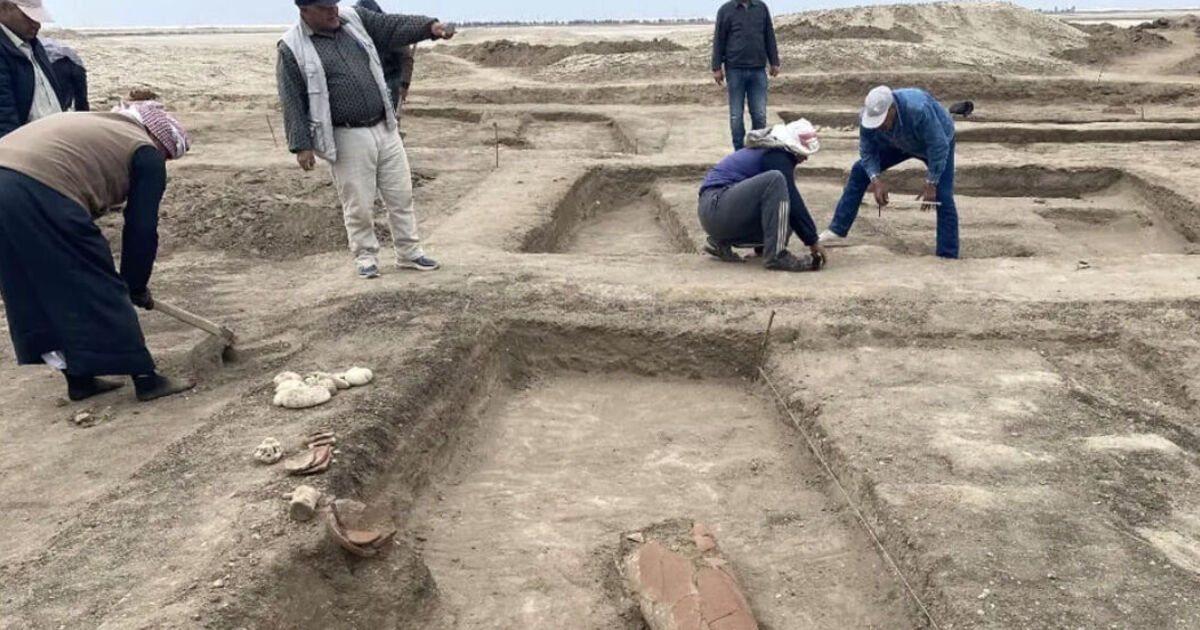A 3,500-year-old finding stands as a testament to Egypt’s strategic military importance.
The unearthed remnants belong to a royal house, believed to have originally been used as a royal retreat.
Located at Tel Habwa, this royal home is believed to have supported Pharaoh Thutmose III’s military campaigns.
This exciting discovery also offers fresh insights into the region’s role during the reign of Thutmose III and its connection to royal military campaigns.
Thutmose III reigned between 1479 BC to 1425 BC and was a warrior who brought the Egyptian empire to its glory after conquering all of Syria.
This unearthed structure is thought to have been built during his reign, which functioned as a rest house for himself and his forces.
The royal house was constructed from mud brick which includes two large central pillared halls with a number of smaller adjoining rooms.
Archaeologists discovered this ancient structure at the Tel Habwa site, and its proximity to the Horus Road indicates its historical significance.
This strategically important path served as an ancient military route that extended from Egypt into what is today the Gaza Strip.
There was a large footfall of military troops then, and the road served as a vital link between Egypt and the eastern Mediterranean.
The ancient royal house’s proximity to such a notable military route indicates its crucial role in long-term campaigns.
Alongside the discovery of this ancient royal building, archaeologists also discovered several burial sites, indicating the area was also used as a cemetery during later Egyptian dynasties.
The site’s interesting transition from a military location to a burial ground further highlights its importance across crucial periods of Egyptian history.
Ceramic shards and Amulets in the form of scarab beetles were also discovered at the site.
The site’s connection to Thutmose III was further strengthened after two inscribed cranes were found which bore the late pharoah’s name.

